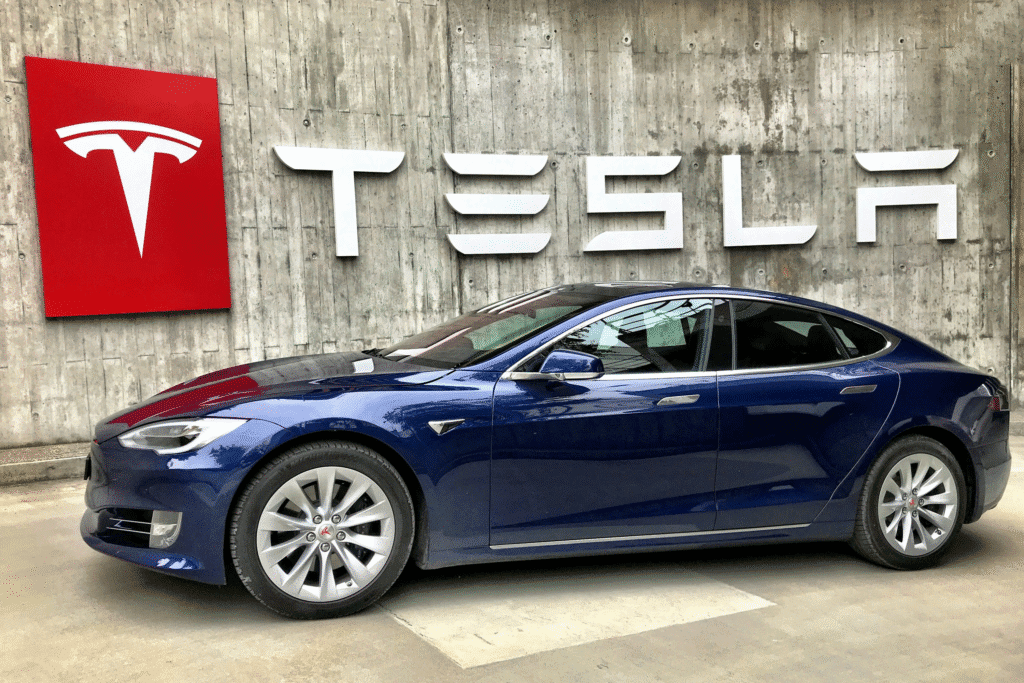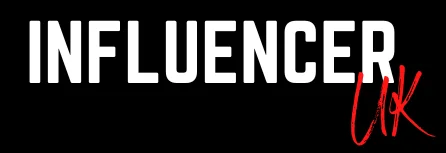A group of Democratic lawmakers in Texas has asked Tesla to delay the introduction of its self-driving robotaxi service in Austin. The lawmakers believe it would be better to wait until September when a new state law on autonomous vehicles comes into effect. They argue that this delay would help ensure public safety and build trust in Tesla’s technology. The letter was sent to Tesla after CEO Elon Musk hinted that the robotaxi service might start as early as this Sunday.
Tesla has been working on self-driving cars for years, and the robotaxi project is seen as a major step forward. Musk has previously stated that Tesla’s future depends heavily on autonomous driving technology rather than just selling electric cars. The company plans to begin with a small fleet of 10 to 20 Model Y vehicles in Austin, operating only in areas considered safe. However, many details, such as pricing, passenger selection, and how the cars will be monitored, remain unclear.
The lawmakers have asked Tesla to provide more information if it decides to go ahead with the launch this month. They want to know how the company will follow the new state regulations once they take effect. Currently, Texas law allows autonomous vehicles to operate without much restriction as long as they meet basic insurance and registration rules. The new law, which was passed last month but has not yet been signed by the governor, would require companies to get state approval before running driverless cars. It would also give authorities the power to stop operations if the vehicles are found to be unsafe.

The letter from the Democratic lawmakers may not have a big impact, as Texas is mostly controlled by Republicans. Still, the request highlights concerns about the safety and regulation of self-driving cars. Many investors and analysts are closely watching Tesla’s robotaxi plans, as the company’s stock value is largely based on its advancements in autonomous technology.
Tesla has not yet responded to the lawmakers’ letter. If the robotaxi service launches this month, it will be one of the first major tests of fully autonomous ride-hailing in the US. The success or failure of this project could influence how quickly other companies move forward with similar technology. For now, the public, regulators, and Tesla fans are waiting to see what happens next.
Self-driving cars have been a dream for many years, but turning that dream into reality has not been easy. Companies like Tesla face technical challenges, legal questions, and public skepticism. Some people worry about accidents involving autonomous vehicles, while others question whether the technology is ready for everyday use. Tesla’s approach has been to gradually improve its self-driving software through real-world testing, but this method has also led to criticism when things go wrong.
The new Texas law aims to create clearer rules for autonomous vehicles. If signed by the governor, it would require companies to explain how their cars handle emergencies and interact with police and firefighters. This kind of regulation could help ease public concerns, but it might also slow down innovation. Tesla and other companies prefer fewer restrictions so they can develop and test their technology faster.
Elon Musk is known for setting ambitious deadlines, but not all of them are met on time. The robotaxi project has been in the works for years, and delays are not uncommon in the world of self-driving cars. Even if Tesla does not postpone the launch, it may take a while before robotaxis become a common sight on the roads. The technology is still evolving, and regulators are trying to keep up with the changes.
For now, the focus is on Austin, where Tesla’s robotaxis could soon begin picking up passengers. Whether this happens in June or September, it will be an important moment for the future of transportation. If successful, it could lead to more cities allowing autonomous ride-hailing services. If problems arise, it might slow down the adoption of self-driving cars. Either way, Tesla’s next steps will be closely watched by lawmakers, competitors, and the public.
The debate over autonomous vehicles is not just about technology—it’s also about trust. People need to feel safe before they accept driverless cars as part of daily life. Lawmakers want to make sure there are rules in place to protect the public, while companies like Tesla want the freedom to innovate. Finding the right balance will be key to the future of self-driving cars.
As Tesla prepares for its robotaxi launch, many questions remain unanswered. How will the cars handle unexpected situations? What happens if there’s an accident? Will passengers feel comfortable riding in a car with no driver? These are the kinds of concerns that lawmakers and the public are thinking about. Tesla’s success will depend not just on its technology, but also on how well it addresses these worries.
The coming weeks will be crucial for Tesla and the future of autonomous vehicles. Whether the robotaxi service starts now or later, it represents a major step toward a future where cars drive themselves. For now, all eyes are on Austin, where Tesla’s vision of self-driving taxis could soon become a reality—or face its first big test.


